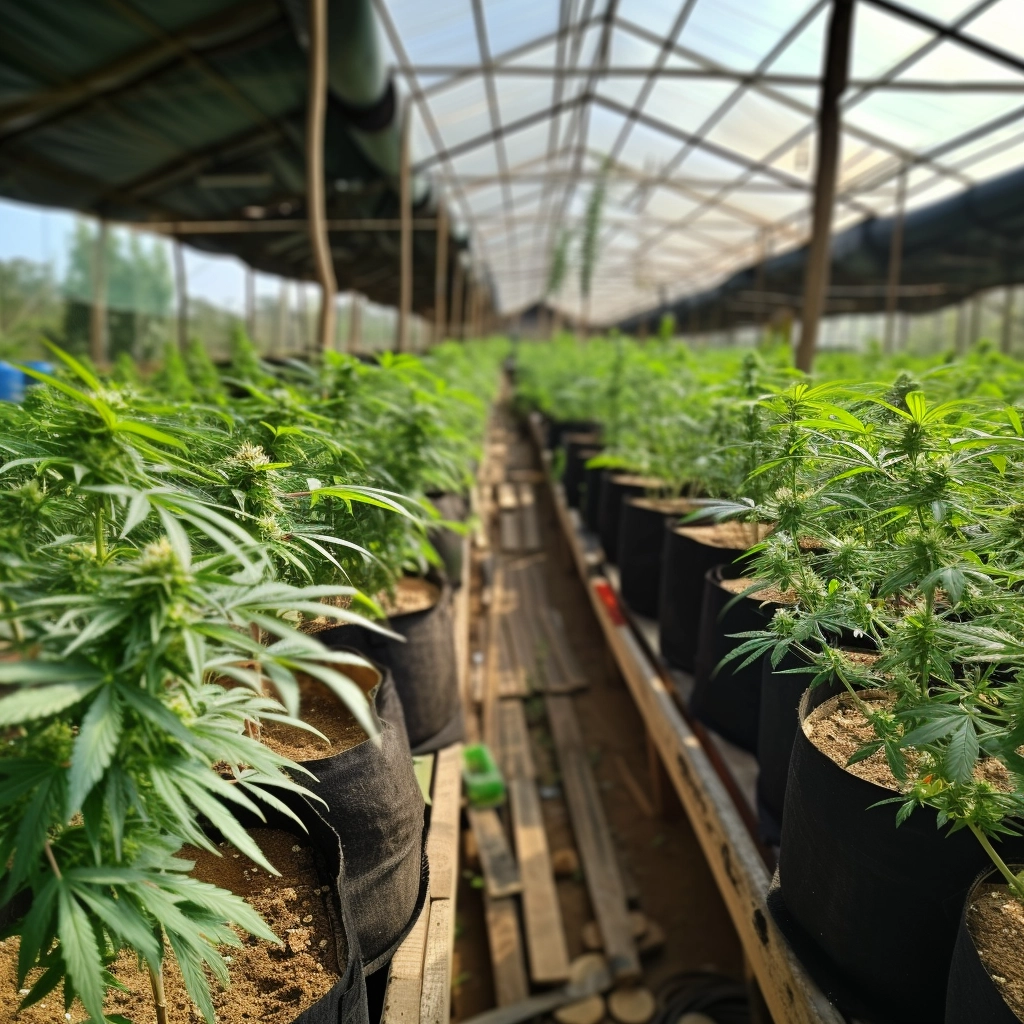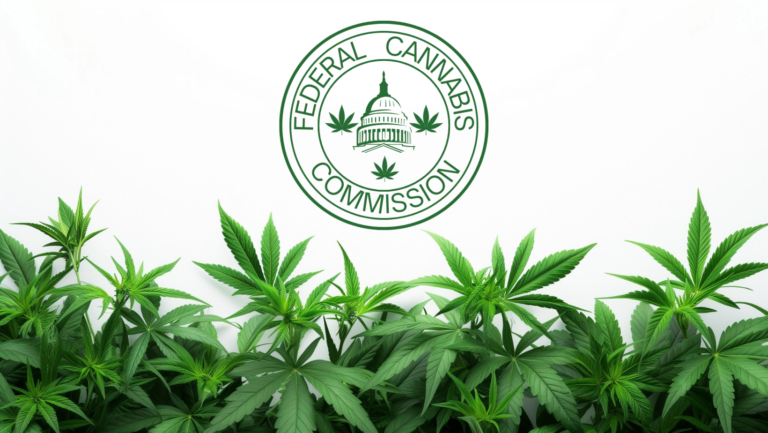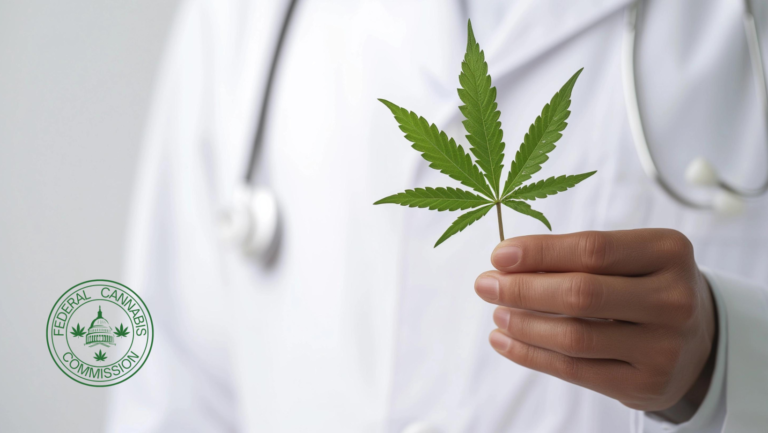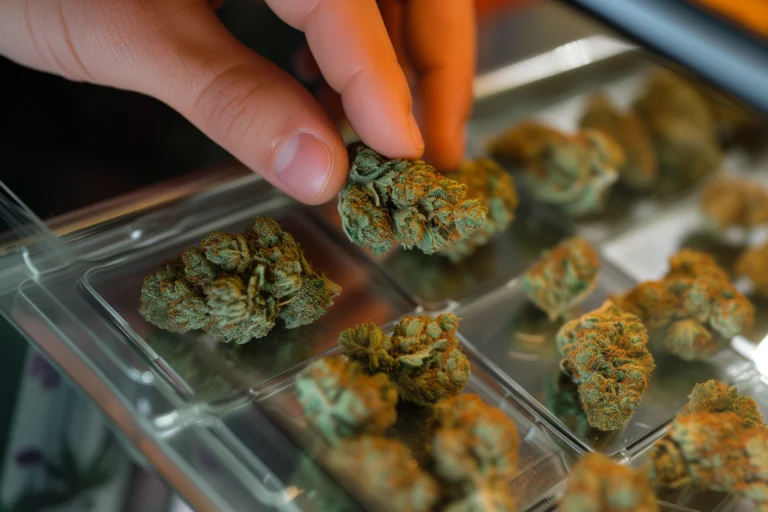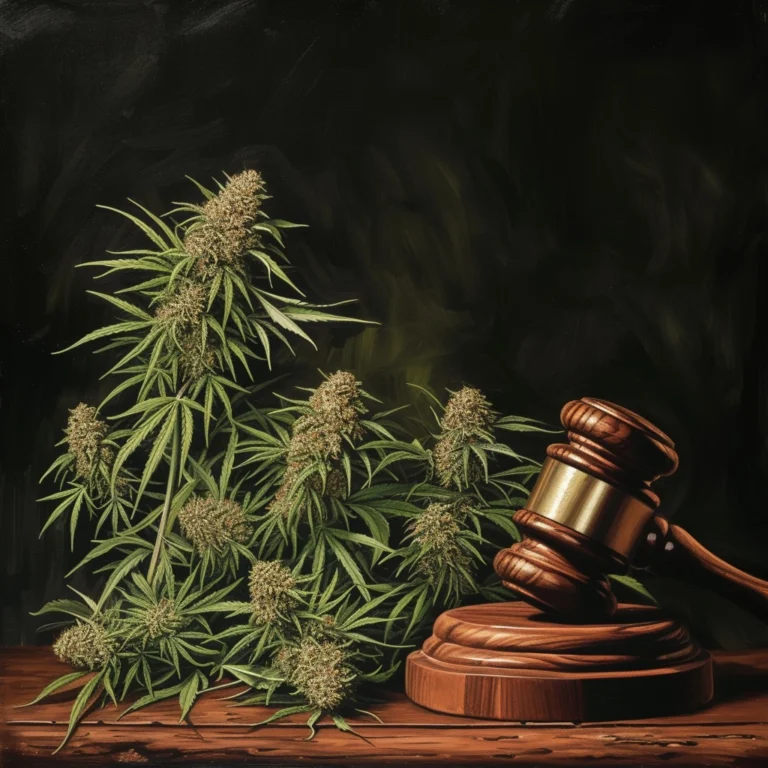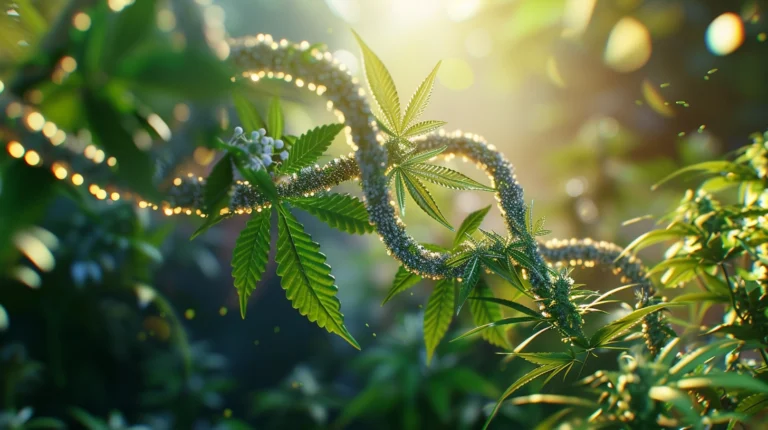Cultivating Compliance: Understanding Laws and Regulations for Growers in the Cannabis Industry
In the dynamic and rapidly expanding cannabis industry, growers serve as the backbone of the supply chain, responsible for cultivating high-quality cannabis products while adhering to a complex web of laws and regulations. From licensing requirements to cultivation practices, growers must navigate a range of regulatory challenges to operate legally and ethically. This article provides a comprehensive overview of the laws and regulations governing growers in the cannabis industry, covering key areas such as licensing, cultivation practices, security measures, and environmental compliance.
Licensing Requirements: Before embarking on cultivation activities, cannabis growers must obtain the necessary licenses and permits from regulatory authorities. The specific requirements vary depending on the jurisdiction, but typically involve submitting detailed applications, undergoing background checks, and demonstrating compliance with zoning regulations. Obtaining the appropriate licenses is essential for growers to operate legally and avoid potential legal consequences.
Cultivation Practices: Cannabis cultivation is subject to stringent regulations aimed at ensuring product safety, quality, and consistency. Growers must adhere to strict guidelines regarding cultivation methods, pesticide use, irrigation practices, and waste management. Additionally, growers may be required to implement tracking systems to monitor the movement of cannabis plants from seed to sale, ensuring transparency and accountability throughout the supply chain.
Security Measures: Given the high value of cannabis crops and the potential for theft and diversion, growers are required to implement robust security measures to protect their facilities and inventory. This may include installing surveillance cameras, alarm systems, access controls, and perimeter fencing. Furthermore, growers must adhere to strict protocols for storing and transporting cannabis products to prevent unauthorized access and ensure compliance with regulatory requirements.
Environmental Compliance: Cannabis cultivation can have significant environmental impacts, including water consumption, energy usage, and waste generation. As such, growers are subject to regulations aimed at minimizing these impacts and promoting sustainable practices. This may involve implementing water conservation measures, using energy-efficient lighting and HVAC systems, and implementing recycling and composting programs to reduce waste. Additionally, growers may be required to obtain permits for water usage and wastewater disposal to ensure compliance with environmental regulations.
Testing and Quality Control: Before cannabis products can be sold to consumers, they must undergo rigorous testing to ensure safety, potency, and quality. Growers are responsible for ensuring that their products meet these standards by working with accredited testing laboratories to conduct comprehensive analyses. This may include testing for contaminants such as pesticides, heavy metals, and microbial pathogens, as well as measuring cannabinoid potency and terpene profiles.
Conclusion: As the cannabis industry continues to evolve, growers face increasing pressure to comply with a myriad of laws and regulations governing cultivation activities. By understanding and adhering to these regulations, growers can ensure the legality, safety, and quality of their products while contributing to the growth and sustainability of the cannabis industry. Through ongoing education, collaboration with regulatory authorities, and commitment to best practices, growers can cultivate compliance and prosperity in this rapidly expanding industry.

